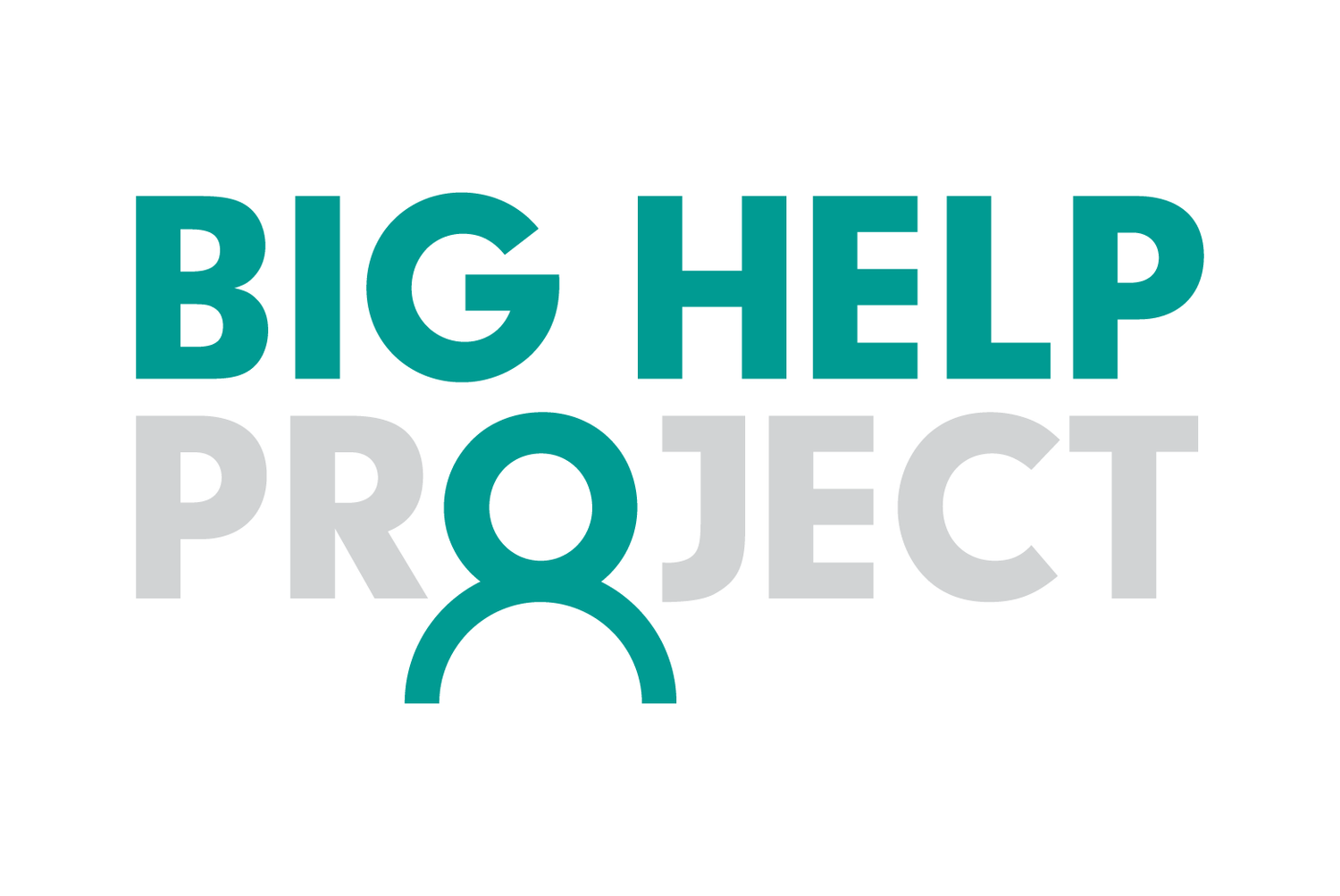Big Help Project Warehouse: A new sustainable start.
The Big Help Project is delighted to begin utilising a new warehouse space to support the distribution of clothing, furniture, white goods, and practical housing items to community members. The warehouse enables more stock collection and a central point of item dispersal for the Big Help Project’s variety of charity shops and local communities. Addition of the warehouse to the Big Help Project’s operations gathers vital resources under one roof to sort and distribute to those locations in vital need of stock – an extension of the helping hand the organisation triumphs and prioritises. This keystone moment indicates the weight of resources and dedication the Big Help Project wishes to place behind relocating clothing items and housing necessities to the community it surrounds.
Social responsibility
This new hub of operations acts a focal point in ensuring donated items are regularly available and accessible for those who wish to use the service. The non-discriminatory nature of Big Help’s services allows any person to access: the library of books that are available; vast selections of bric-a-brac; furniture; plethora of clothing items; and white goods – in an organised distribution network linked by the warehouse. Recognising the role of the warehouse in this larger arena of donation collection allows the Big Help to assist more people in a targeted manner, with stock residing at a quantity that wishes to support the level of demand. de Hoog, Kirk and Osborne (2022) reported that “for the poorest fifth of the country, essentials like food, energy, and other necessities including housing - are taking up over half of their disposable income”. The Big Help Trading team understands the importance of the warehouse for community members, especially during the Cost of Living Crisis, directing resources and goods towards those people who need support in the local community through; clothing, bric-a-brac, or furniture.
The winds of change
The Charities Aid Foundation (2022) noted that ‘fewer young people are taking part in charitable or civic activities’, highlighting a disconnect between a younger population and the donatory work of today. The Big Help project hopes to build a bridge in this realm by ensuring a connection is met through the warehouse activities – selected stock appears on popular resale sites such as; Vinted and Ebay, making use of this audience to reinvest the profit back into the store whilst transferring donated clothes into capital for a more direct economic injection in facets of the warehouse that may require it. Maintaining the operational quality of the warehouse is directly proportional to the success of redistributing donated items. Moreover, the action of reselling items at discounted prices enables Big
Help to reach a large facet of the community. This resale work is a method of community liaison too, increasing the online presence of the Big Help Project and also inserting short cards with the organisations details on and an appreciative note supporting the purchase, an action that outlines the vitality of the contribution they have made in supporting charity work.
An environmental consideration
The warehouse provides a central pillar to the multi-faceted mosaic of sustainability that the Big Help Project dutifully promotes. The cyclical nature of reusing clothing is essential to a neat alignment with vital circular economy principles that elevate a protection of the natural world and condemns unjust clothing manufacture practice. Furthermore, it is essential that the Big Help recognises the role of the warehouse in this realm of positive environmental change. As aforementioned, a decrease in the volume of waste is central to limiting the environmental footprint of the planet, ensuring improvement at a local scale through the Big Help is essential to inspiring larger patterns of spatial change – the Big Help’s warehouse can inspire such a change. As fast-fashion outlets increase in their quantity and footfall, the maintenance of charity work that offers low-cost clothing items remains central to limiting the creation of clothing that does not place utmost importance on environmental consideration. Whilst operational the warehouse supports themes of re-use and environmental justice through its ability to combat the mass production of fast fashion and subscribe to the re-use/re-purposing of pre-loved clothes. In 2018, the UK Government reported that the population generated 222.2 million tonnes of total waste in a year, indicating the waste problem the UK produces. The Big Help Project refuses to accept the continuation of this narrative, and with the purchase of the warehouse the organisation can support a larger quantity of items - outlining an alternative route for unused items than landfill. Supporting this notion of re-use and in some cases the potential recycling of fabric and clothing, the Big Help Project ensures it remains at the forefront of pushing an agenda of social responsibility and environmental consideration by accepting this as a dual responsibility.
The Big Help Project aspires to continue the support for its programme of distributing new and pre-owned goods through the warehouse building, simultaneously achieving an alignment with environmentally protective measures and the narrative of sustainability which despite being elusive in nature, appears to have been succinctly used by Big Help’s Trading programme to design a warehouse that serves the community it resides in.
References
Charities Aid Foundation (2022) UK Giving Report 2022. Available at: https://www.cafonline.org/docs/default-source/about-us-research/uk_giving_2022.pdf (Accessed: 2 August 2023), p.9.
de Hoog, N., Kirk, A. and Osborne, H. (2022) “How the cost of living crisis is hammering UK households – in charts,” The Guardian. Available at: https://www.theguardian.com/business/ng-interactive/2022/jun/21/cost-of-living-crisis-uk-households-charts-inflation (Accessed: 2 August 2023).
UK Government (2018) UK statistics on waste. Available at: https://www.gov.uk/government/statistics/uk-waste-data/uk-statistics-on-waste (Accessed: 2 August 2023)


